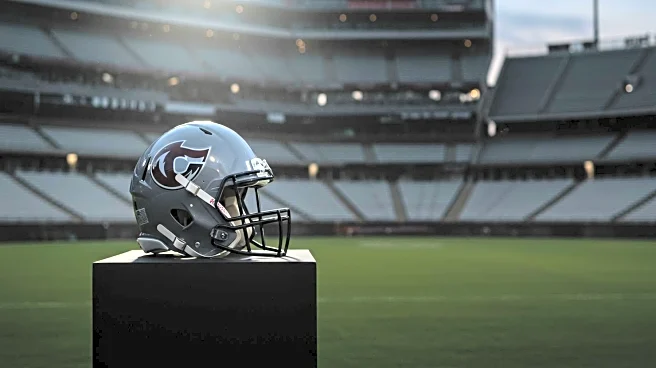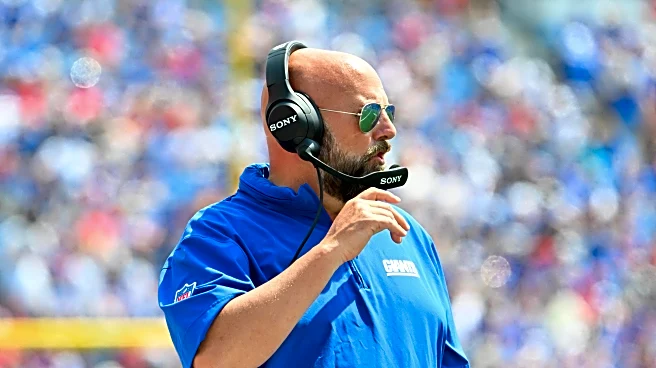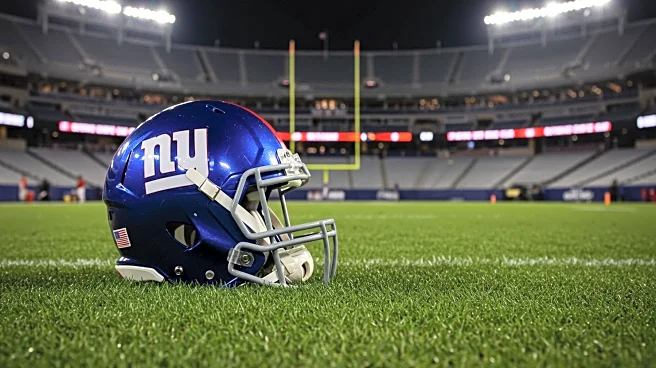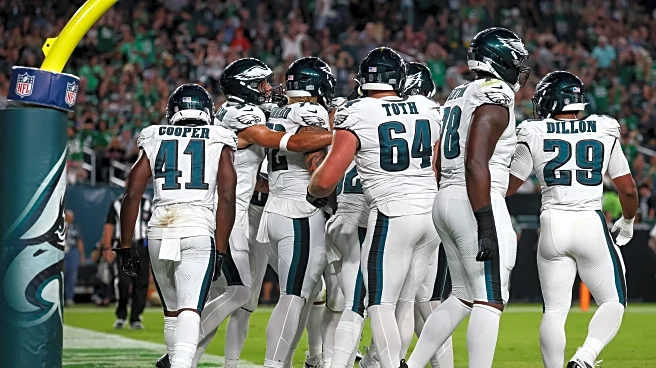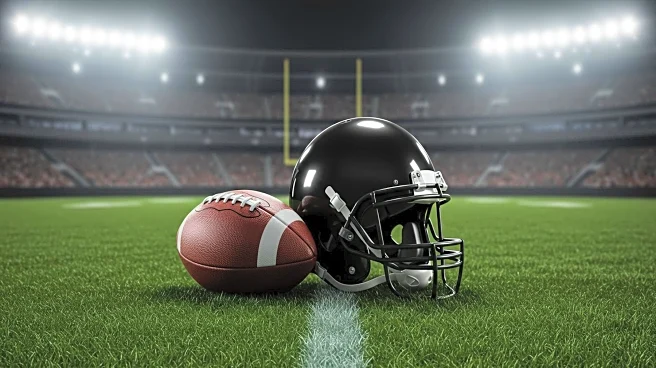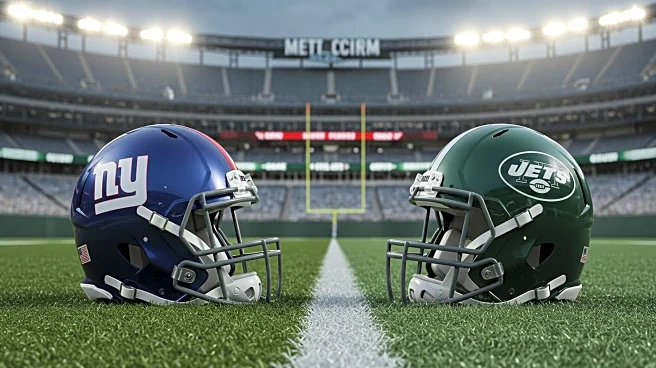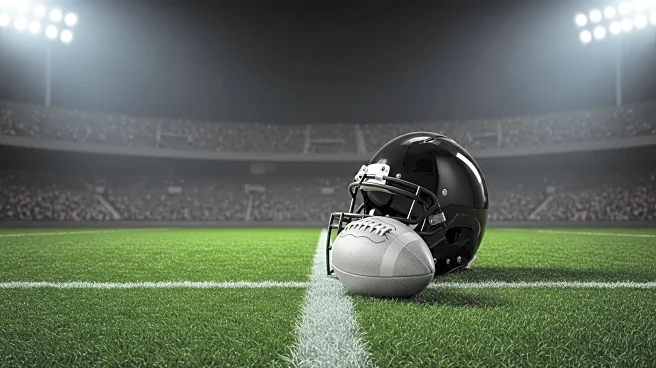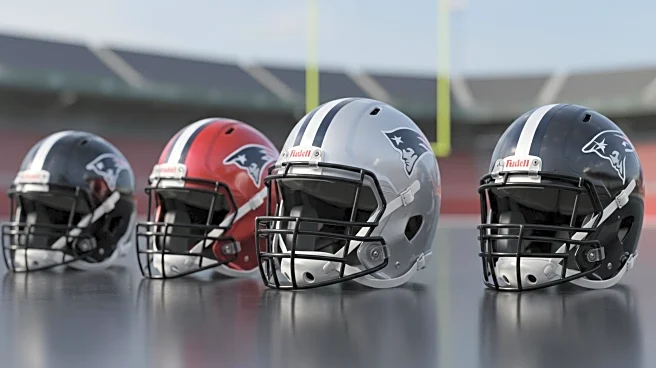What's Happening?
The Buffalo Bills' first game at their new stadium in Orchard Park on August 17, 1973, was marked by a significant traffic jam. The event, a preseason match against Washington, attracted 80,000 attendees, leading to severe congestion. Fans faced delays due to a combination of game traffic, the Erie County Fair, and regular summer rush-hour traffic. Many attendees abandoned their vehicles and walked miles to reach the stadium. The stadium manager acknowledged operating under 'worst-case conditions,' questioning the decision to hold the game on a Friday night. Despite the logistical issues, the game set a New York record for stadium attendance, with 80,000 people present.
Why It's Important?
The traffic chaos during the Buffalo Bills' stadium debut highlights the challenges of managing large-scale events and the importance of effective traffic planning. The incident underscores the need for infrastructure improvements and strategic scheduling to accommodate significant crowds. The event also reflects the community's enthusiasm for the new stadium, despite the logistical setbacks. The Bills' transition to a modern venue was seen as a step forward for the franchise, potentially boosting team performance and fan experience. The situation serves as a reminder of the complexities involved in hosting major sporting events and the impact on local transportation systems.
What's Next?
Future games at the new stadium will likely require improved traffic management strategies to prevent similar issues. Stakeholders, including local authorities and stadium management, may need to collaborate on solutions such as enhanced public transportation options, better signage, and increased staffing for traffic control. The experience may prompt discussions on infrastructure investments to support large events. Additionally, the Bills' performance in the new stadium could influence fan engagement and attendance, driving further developments in stadium operations and community relations.
Beyond the Headlines
The traffic jam incident at the Bills' new stadium debut raises broader questions about urban planning and the integration of sports venues into community infrastructure. It highlights the potential for sports events to impact local economies and transportation systems. The situation also reflects cultural aspects of sports fandom, where dedication to attending games can lead to significant personal inconvenience. Long-term, the event may influence how cities plan for and manage large-scale gatherings, balancing economic benefits with logistical challenges.
